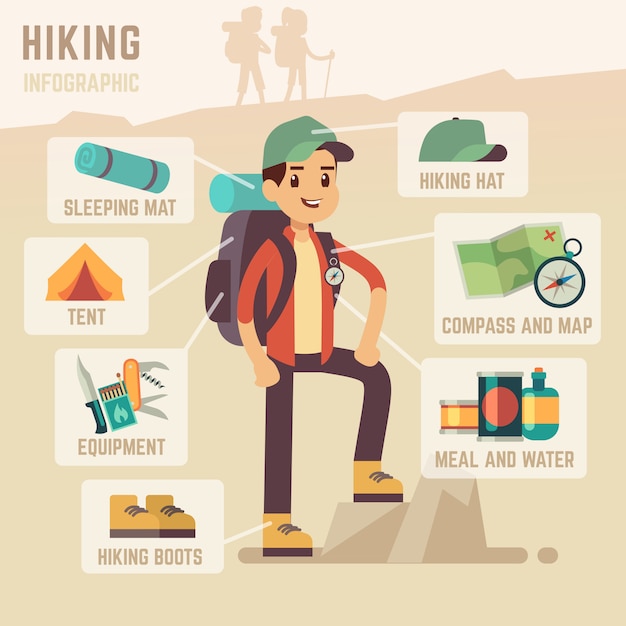Using The Internet To Drive Sales Of Your Camping Tents
Using The Internet To Drive Sales Of Your Camping Tents
Blog Article
Exactly How Essential Are Camping Tent Footprints/Ground Cover?
Outdoor tents impacts are a wonderful means to shield your outdoor tents flooring from abrasions and expand its useful life. Nearly all equipment producers provide their own brand-specific footprints that are designed to match their specific tent models.
What's the difference between a yurt and a teepee?
This customized technique uses convenience of configuration and minimizes the threat of rainwater seeping in via the joints.
What are they?
Outdoor tents impacts (likewise referred to as tent ground sheets or under tent pads) provide a layer of defense in between the base of your camping tent and the outside atmosphere. They shield your outdoor tents from sharp things, wetness, and rough surfaces.
Most tent suppliers use their own branded footprints designed to fit flawlessly with their marked sanctuary designs. Nevertheless, these are typically pricey and reasonably heavy compared to DIY options like Polycryo or Tyvek.
Impacts are normally made from long lasting, water resistant materials such as polyurethane, nylon or silnylon. For ultralight backpackers seeking to minimize pack weight, there are additionally light-weight, high-strength choices made from Cuben Fiber (Dyneema). It is essential to choose an impact that's somewhat smaller than your outdoor tents to stop rainwater from dripping down the sides of your shelter and channeling beneath you while you sleep-- no person intends to get up in a puddle! An impact is a beneficial addition to any kind of camping journey. It assists make certain a lengthy life-span for your outdoor tents while adding comfort and comfort.
Exactly how important are they?
Camping tent impacts safeguard the base of your outdoor tents from abrasion and wetness, helping to prolong its lifespan. They're generally made from waterproof and dirt-resistant materials like polyethylene or a light-weight oxford polyester, though the denier of the fabric will certainly vary (the higher the denier number, the thicker and burlier).
The majority of footprints are made to exactly match the form of your tent's flooring, which assists minimize product waste. Lots of have grommets or loops where you can weave guylines for tension and risks, making sure that the footprint is firmly held down.
If you camp in harsh terrain or areas where there's a lot of downed branches and sharp rocks, an outdoor tents footprint is well worth the included weight and bulk. But if you regularly camp in dry, sandy or rocky problems, an impact may be excessive. A tarp is a far better choice because situation.
Do you generally load one?
If you're camping on a very level surface where rocks and sticks aren't a problem, an outdoor tents footprint possibly isn't required. If you remain in the backcountry with a lot of harsh terrain, an impact can make life much easier.
Impacts are typically sized a little smaller than the base of the camping tent. That's because a bigger footprint would certainly catch rainfall and funnel it under the outdoor tents, where you could awaken in a puddle.
Nonetheless, footprints can be costly and heavy if you get one from the manufacturer of your camping tent (the Big Agnes Tiger Wall surface UL 2 footprint, as an example, costs $70 and considers six ounces). You can conserve money and weight by making your very own DIY impact by cutting an item of Tyvek or various other water resistant fabric to the specific dimensions of your sanctuary. You can also add grommets for very easy attachment. The primary advantage of a footprint is that it assists to shield the floor of your backpacking camping tent from abrasive aspects such as rocks and branches.
How do you maintain them clean?
A supplier's footprint can include substantial weight to your sanctuary system and if you're an ultralight backpacker trying to conserve every ounce, it could not be worth it. Therefore, lots of backpackers will certainly utilize a do it yourself groundsheet that's made out of something like Tyvek or Polycryo and cut it to dimension for their tent footprint.
This choice is reasonably affordable and will protect your tent from wetness, rocks, thorns, sticks, and so on, while also assisting to maintain the bottom of your camping tent completely dry.
If you do make a decision to acquire a footprint, make sure it's created especially for your particular camping tent as this will certainly help reduce water pooling around the in tents sides of your sanctuary. For example, if your camping tent impact is too big and extends past the edge of your rainfly, it will certainly accumulate rainfall which can leak right into lighter-weight tents and potentially wear down the floor. See to it it fits your camping tent rather well to avoid this.
How do you keep a tent down in the wind?
